What Is Photodynamic Therapy? (And How It May Literally Save Your Face)
Written by Erin Porter
Have you had skin cancer or know of someone who has? Then you may want to learn more about Photodynamic therapy for skin cancer. I wish I had learned about PDT sooner. Yes, I believe my surgeon did a wonderful job at the reconstruction of my nose after BCC. However, I still can’t help but wonder if PDT could have saved me from the trauma of Mohs surgery and the lifelong scars it leaves. Read my full story regarding Mohs surgery on my nose with photos.
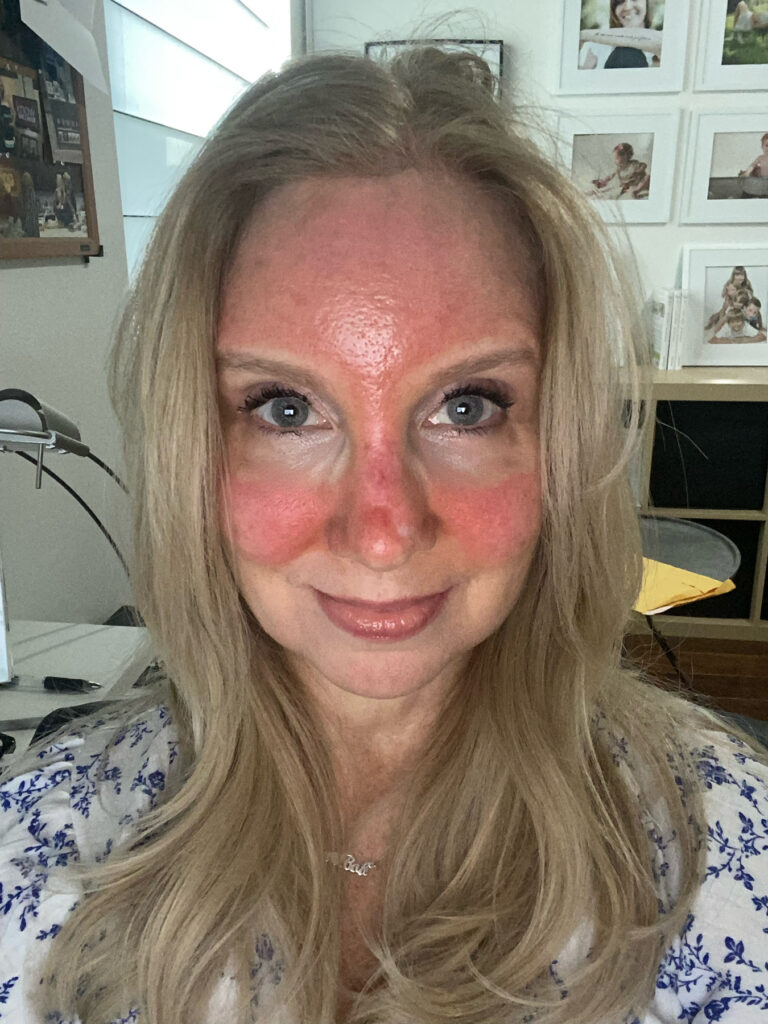
What Is PDT? (Photodynamic Therapy)
According to the Mayo Clinic, “Photodynamic therapy (PDT) is a two-stage treatment that combines light energy with a drug (photosensitizer) designed to destroy cancerous and precancerous cells after light activation. Photosensitizers are activated by a specific wavelength of light energy, usually from a laser. The photosensitizer is nontoxic until it is activated by light. However, after light activation, the photosensitizer becomes toxic to the targeted tissue.”
PDT is used to treat both pre cancerous and nonmelanoma skin cancers. Per my dermatologist Dr. Orit Markowitz, photodynamic therapy is also great for rejuvenating sun damaged skin. A real bonus for those just trying to prevent repeat cancers from forming. Discussing photodynamic therapy for skin cancer with a dermatologist is a great option, especially those with fair skin.
Watch My Television Interview Discussing My Skin Cancer
How Often Do You Need PDT Therapy?
From Dr. Markowitz’ website: “It depends on the amount of sun damage you have,” says Dr. Markowitz. “For some, just one round of photodynamic therapy, followed by diligent SPF use, is enough. Others should come in annually. For those with extensive sun damage and a number of skin cancer spots, I may recommend getting treated twice a year,” says Dr. Markowitz.
Being that I already had basil cell carcinoma on my nose, I have already decided I will have PDT treatment therapy treatment once or twice per year. Especially to prevent cancer reoccurrence on or near my former cancer spot.
What Does Your Face Look Like After Photodynamic Therapy?
Within a few hours of the procedure, you will notice your face begin to look like you have a mild to medium sunburn. This sunburn look will get more intense as the day goes on and will gradually begin to fade over the next few days. Peeling of the skin will then begin and last a few days. I had PDT on my face on a Monday and by Thursday evening I looked good enough to go out to dinner at a restaurant. At that point I only had a mild pink color to my face with minimal peeling.
Photodynamic Therapy Recovery (and How Long Does It Take)
Recovery from PDT therapy is fast. The treated area will look like a bad sunburn for about 5-7 days before the skin returns to normal. Photodynamic therapy may be a good choice for those who have had mohs surgery in the past and wish not to repeat it. You can simply look up dermatologists in your area that use PDT treatment, or if you happen to be in Manhattan visit OptiSkin.
Subscribe to my YOUTUBE channel so you never miss the videos that aren’t on the website!
3 Days Post Mohs Surgery on my nose
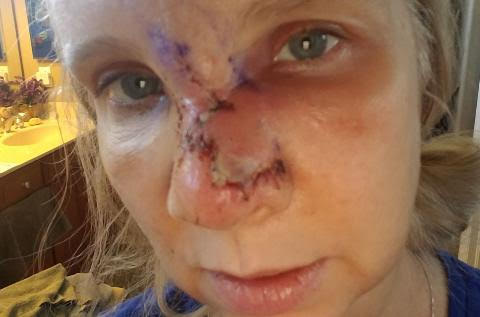
Do Skin Biopsies Always Have To Involve Cutting?
The very reason I flew half way across the country to see Dr. Markowitz was to save my nose from more “cutting” after my first skin cancer. Months earlier, before my appointment with Dr. Markowitz, my dermatologist said she needed to take another biopsy straight down the center of my nose. She had told me if it wasn’t cancer “I will have won the lottery.” It turned out it was not cancer again (thank God). But I was frustrated with the process. I was left with more scarring and indentations on my nose. That was a turning point for me. I decided to research other options.
It turns out Dr. Markowitz specializes in biopsies without “cutting.” When she sees a suspicious growth warranting a biopsy, instead of a scalpel she uses something called a reflectance confocal laser-scanning microscope (RCM). This device allows a diagnosis of a variety of skin cancers including basil cell carcinoma, squeamish cell, and melanoma. Her motto is “Cutting Edge Without the Cutting.”
Dr. Markowitz was the recipient of 2018 Melanoma Research Humanitarian Award for her groundbreaking work in early melanoma diagnosis and significant contributions to the treatment and care of melanoma patients.
Below: Watch My Television Interview Discussing My Skin Cancer & Mohs Surgery on Know The Cause
Safer Products for Your Face After Skin Cancer
Nature’s Brand tinted SPF 30sunscreen is my favorite makeup/sunscreen right now. It also covers my Mohs surgery scars perfectly and is super clean. It contains no nano particles, no petroleum based ingredients, free of oxybenzone, octinoxate, parabens, preservatives and the list goes on!
I currently also use Color Science Sunforgettable Brush-on Shield SPF 50. Wow, it could not be any easier. I am in Florida so I HAVE to carry sun protection so I use this brush on powder when I’m out playing pickelball or on the beach and need something small, fast, and not greasy. It’s the only powder sunscreen recommended by the Skin Cancer Foundation for Active use.
Active Ingredients:
Titanium Dioxide 22.5%; Zinc Oxide 22.5%
I also like EltaMD UV Physical Bond Spectrum SPF 41. It’s an all mineral sunscreen and it’s lightly tinted. Great for days where you can use the sunscreen as makeup.
Related Posts
In conclusion pdt skin treatment or pdt therapy as it is also called, can be a great preventive tactic for treating pre cancerous spots. Check with your dermatologist for more details on if pdt treatment is right for you and using photodynamic therapy for skin cancer.
UPDATE: The second edition of my book Eat Pray Get Well – A Journey from Chronic Illness & Brokenness to Wholeness & Healing has hit shelves. It can be found in some book stores, on my website, and Amazon. Foreword written by Doug Kaufmann – Host of televisions Know The Cause.
Eat Pray Get Well is a story of overcoming chronic illness, a difficult childhood, and food addiction, plus exclusive interviews with Supermodel Carol Alt, renowned cardiologist Stephen Sinatra MD, Joe Cross of Fat, Sick & Nearly Dead, Doug Kaufmann host of televisions Know The Cause and more. Also includes 55 recipes free of gluten, wheat, yeast, peanuts, refined suga
Recent Posts
Comments (2)
Leave a Reply Cancel reply

If you suffer from Chronic Fatigue, Sinus Infections, Fibromyalgia, Food Allergies, Auto Immune Disease, Acid Reflux, Candida, Depression – this book is for you.
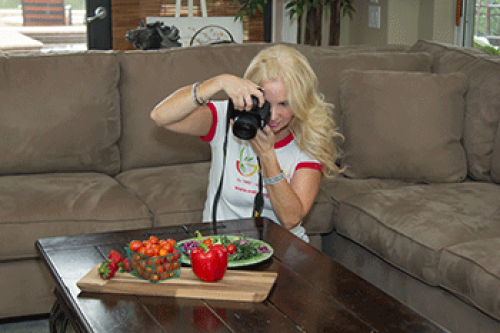
I have been fortunate to be featured on national Television including PBS American Health Journal, Know the Cause, CTN, ABC, NBC, CBS and more. I was sick for decades, endured many surgeries, took over 100 courses of antibiotics, and then I changed everything and everything changed. My book Eat Pray Get Well is about overcoming a tumultuous childhood, decades of chronic illness, and finding God in the process. Includes exclusive interviews with renowned Cardiologist Dr. Stephen Sinatra, Supermodel Carol Alt, Doug Kaufmann, and many more. Plus 55 gluten free recipes woven throughout.
As an Amazon Associate EatPrayGetWell.com earns from qualifying purchases. EatPrayGetWell.com also participates in affiliate programs with ShareASale and other sites. EatPrayGetWell.com is compensated for referring traffic and business to these companies.


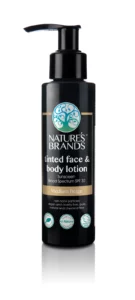
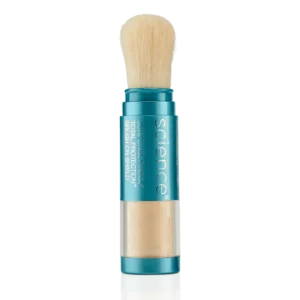
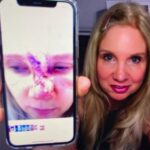
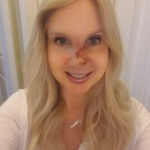
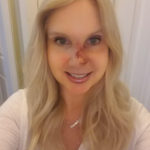

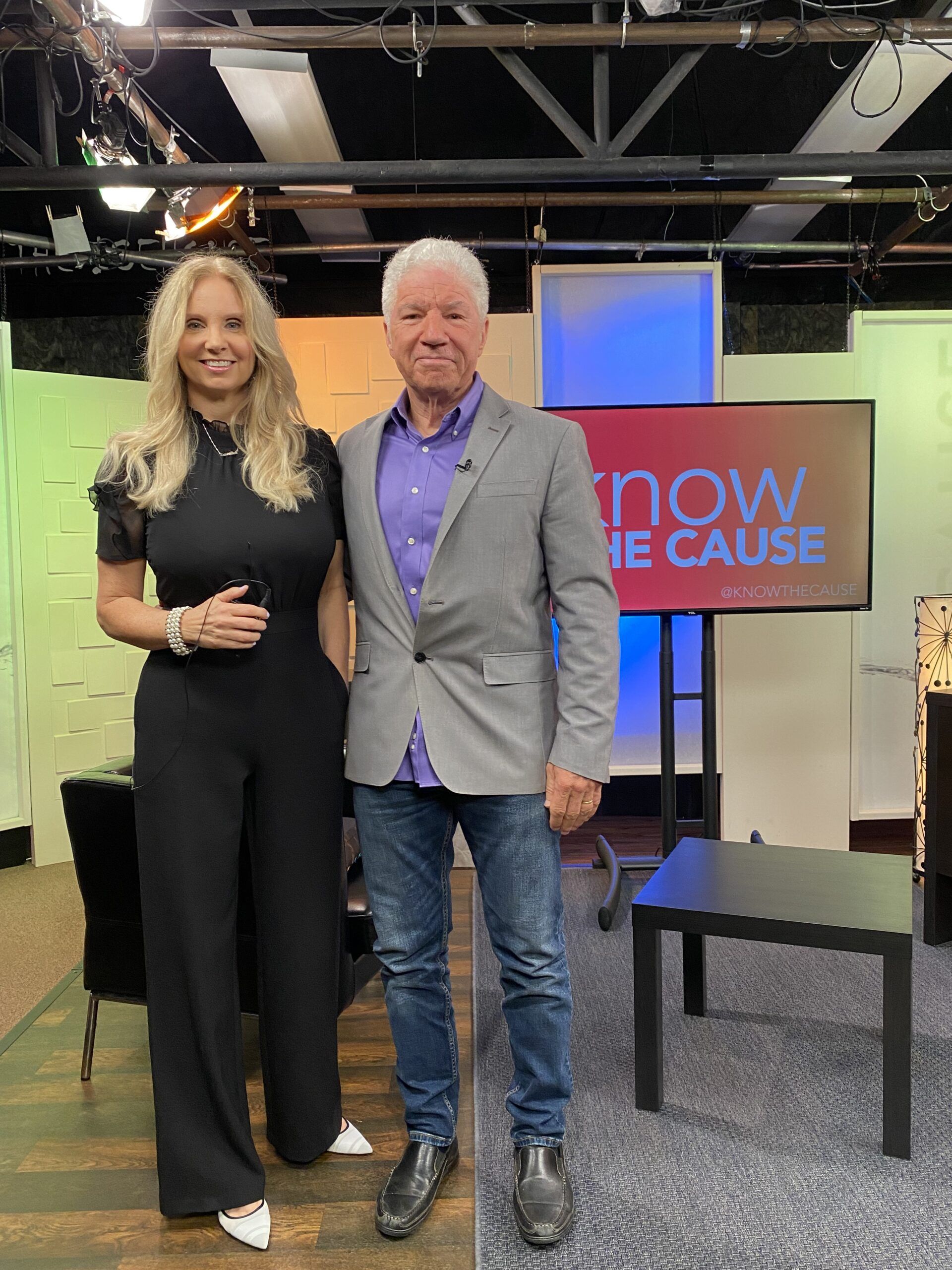


Erin, I read twice that it turned out NOT to be cancer. So why 4 layers during the Moth’s surgery?
Glad your lovely nose is back to its cute self, and all that trauma is gladly behind you. …and thanks inspiring me to purchase the sunscreen lotion, will be quite handy in out sun a 9,100 feet altitude, reviews and ingredients look great.
Hello Jeanne, yes, it was skin cancer on my nose (bcc). It was the second trip after mohs that my derm said she thought the cancer was back on my nose in a different spot. I’m glad you got the sunscreen (the right sunscreen, not toxic) Wow, I wish I could go back in time….